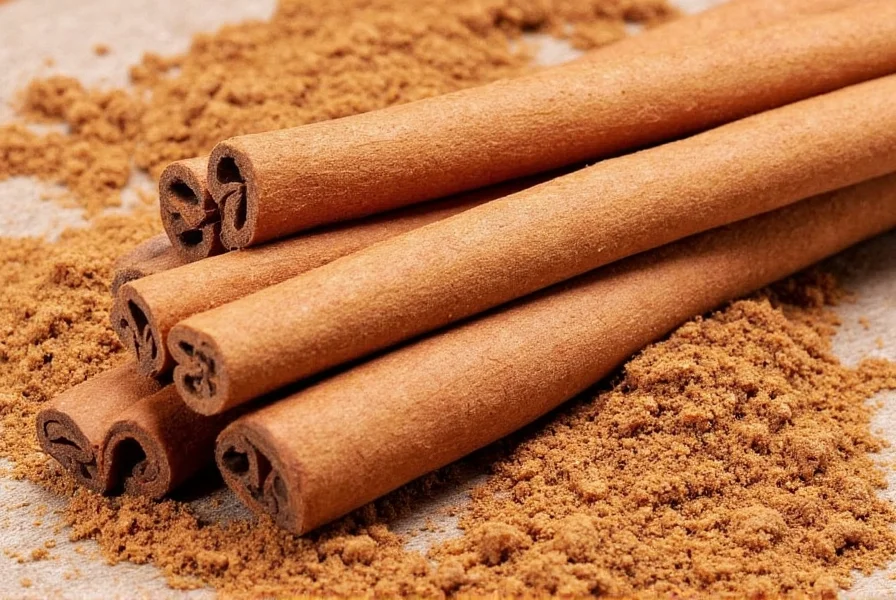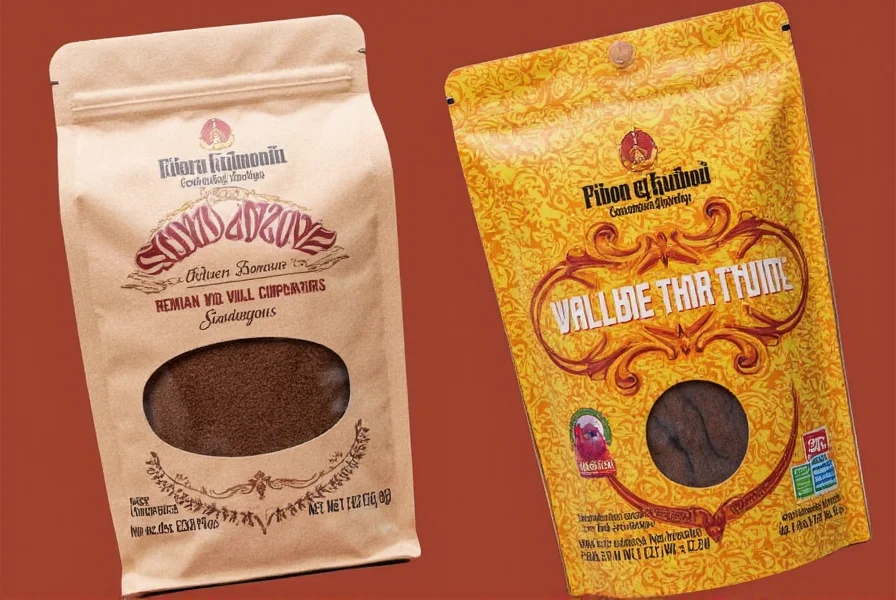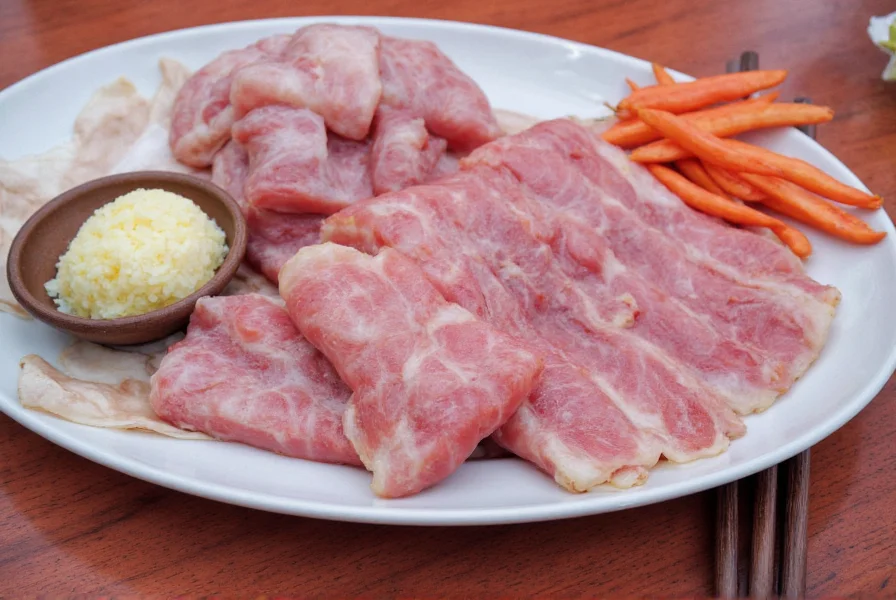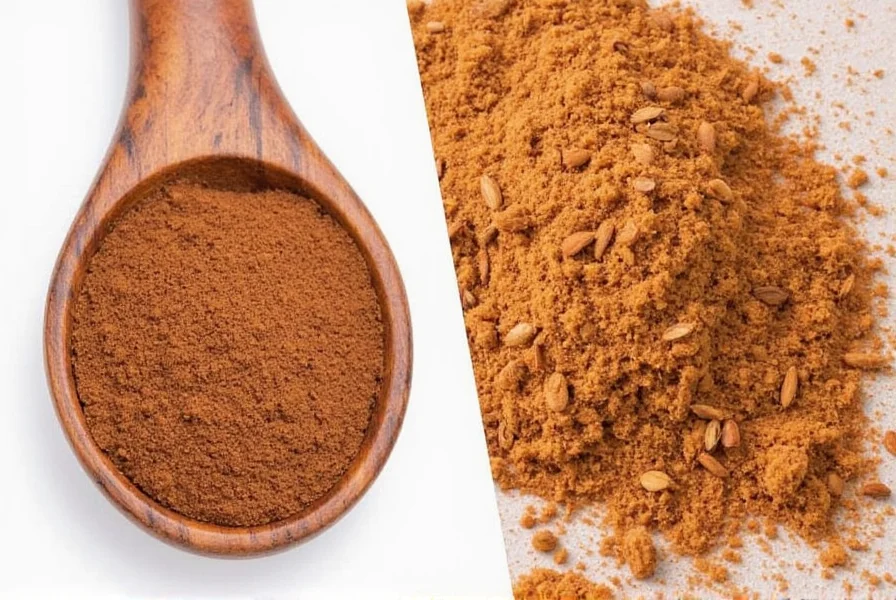Introduction: The Cinnamon Chronicles
If you've ever stood in the spice aisle staring at rows of cinnamon sticks and powder, wondering whether it's worth the splurge to pick one over another, you're not alone. Cinnamon is more than just a sweet-scented addition to your latte or oatmeal—it's a powerhouse of flavor and health benefits.
But here’s the twist: not all cinnamon is created equal. Specifically, we’re talking about two major players in the cinnamon world—Saigon and Ceylon cinnamon. While they may both end up in your baked goods or tea, their origins, flavor profiles, and especially their health impacts can differ significantly.
In this article, we’ll break down everything you need to know about which is healthier—Saigon or Ceylon cinnamon. We’ll explore their differences, their health pros and cons, and even give you a handy guide on how to choose the best one for your pantry. So let’s dive into the spicy showdown!
Meet the Contenders: Saigon & Ceylon Cinnamon
Cinnamon comes from the inner bark of trees from the Cinnamomum family. But depending on the species, the resulting spice can vary dramatically in taste, texture, and chemical makeup.
Saigon Cinnamon (Cinnamomum loureiroi)
- Also known as Vietnamese cinnamon
- Native to Southeast Asia
- High in essential oils, particularly cinnamaldehyde
- Bold, intense flavor with a slightly spicy edge
- Commonly found in ground cinnamon in supermarkets
Ceylon Cinnamon (Cinnamomum verum)
- Also called “true” cinnamon
- Hails from Sri Lanka
- Milder, sweeter, and more complex flavor profile
- Lower in coumarin, a compound that can be harmful in large amounts
- Pricier than Saigon due to limited production

The Health Factor: What Sets Them Apart?
Both types of cinnamon are praised for their potential health benefits, including antioxidant activity, anti-inflammatory properties, and blood sugar regulation. However, when it comes to long-term consumption and safety, one stands out more than the other.
Coumarin Content: The Hidden Danger
The key difference lies in a compound called coumarin, which occurs naturally in some plant species and has been linked to liver damage when consumed in high doses over time.
| Cinnamon Type | Coumarin (mg/kg) | Flavor Profile | Price Range |
|---|---|---|---|
| Saigon | ~6,000 | Strong, Spicy | $ |
| Ceylon | ~50–60 | Mild, Sweet | $$ |
This chart shows that Saigon cinnamon contains up to 100 times more coumarin than Ceylon. That makes a big difference if you're using cinnamon daily in smoothies, coffee, or baked goods.
Antioxidant Powerhouse
Both varieties contain antioxidants, but Saigon cinnamon generally has higher levels of polyphenols, giving it a stronger antioxidant punch. This can help combat oxidative stress and inflammation in the body.
Blood Sugar Regulation
Studies suggest that cinnamon—especially Saigon—may help lower blood glucose levels by mimicking insulin function. However, because of its higher coumarin content, long-term use should be monitored, especially for people with diabetes who take medication.
Pros and Cons Breakdown
Let’s compare them head-to-head so you can decide which one suits your lifestyle and health goals better.
| Feature | Saigon Cinnamon | Ceylon Cinnamon |
|---|---|---|
| Taste | Bold, spicy, intense | Mild, delicate, sweet |
| Coumarin Level | High | Low |
| Health Safety | Safe in moderation | Safer for daily use |
| Price | Affordable | Expensive |
| Best For | Flavor-forward recipes | Daily wellness routines |

Practical Tips: How to Use Each Cinnamon Type Wisely
Now that you understand the basics, let’s talk practicality. Here are some real-world tips to get the most out of each type without compromising your health.
Use Saigon Cinnamon When:
- You want a bold flavor boost in dishes like spiced chai, apple pie, or mole sauce
- You’re baking with strong ingredients like chocolate or gingerbread
- You’re using cinnamon infrequently or in small quantities
Use Ceylon Cinnamon When:
- You’re making smoothies, oatmeal, or golden milk for daily consumption
- You have concerns about liver health or are taking medications regularly
- You prefer a subtler, sweeter note in your desserts or beverages

Buying Guide: Choosing the Best Cinnamon for Your Needs
With so many options flooding the market, choosing the right cinnamon can feel overwhelming. Let’s break it down based on quality indicators, labeling, and where to buy.
What to Look for on the Label
- Type Indication: Make sure it clearly says “Ceylon” or “Saigon.” If it just says “cinnamon,” it’s likely Cassia (which includes Saigon and others).
- Origin: Ceylon will usually mention Sri Lanka, while Saigon will indicate Vietnam or Indonesia.
- Form: Sticks (quills) tend to be purer than powdered forms. Check for fine grinding if buying powder.
- Certifications: Organic, fair trade, and non-GMO labels add value and assurance.
Top Picks for Ceylon Cinnamon
Looking for high-quality Ceylon cinnamon? These are our top recommendations:
- Frontier Co-op Ceylon Cinnamon Sticks
- Organic certified
- Whole quills for freshness
- Great for brewing or garnishing drinks
- Nu Spice Ceylon Ground Cinnamon
- Fine powder texture
- Perfect for everyday cooking
- Low coumarin content guaranteed
Top Picks for Saigon Cinnamon
- Spice Islands Ground Saigon Cinnamon
- Strong, aromatic flavor
- Ideal for baking and holiday treats
- Affordable and widely available
- Kalustyan's Organic Vietnamese Cinnamon Powder
- High oil content for rich aroma
- Ethically sourced
- Good for infusing into syrups or teas

Where to Buy
- Health food stores (e.g., Whole Foods, Sprouts): Often carry organic Ceylon brands
- Online retailers (e.g., Amazon, Thrive Market): Wide variety and specialty blends
- International markets: Find authentic Saigon cinnamon imported directly from Vietnam
Conclusion: Which Is Healthier—Saigon or Ceylon Cinnamon?
In the battle of which is healthier—Saigon or Ceylon cinnamon, the answer isn’t black and white. Both offer valuable health benefits, but they serve different purposes and come with unique pros and cons.
If you're looking for a daily health booster with low risk of toxins, go with Ceylon cinnamon. It’s gentler, safer for long-term use, and ideal for wellness-focused diets.
On the other hand, if you want bold flavor and aren't using cinnamon every day, Saigon cinnamon is a fantastic option. Just remember to keep your intake moderate to avoid excessive coumarin buildup.
Ultimately, the best choice depends on how you plan to use it. Whether you're stirring it into your morning coffee, sprinkling it on pancakes, or infusing it into your favorite curry, knowing the difference between these two cinnamon stars helps you make smarter, tastier choices.

So next time you reach for that cinnamon jar, you’ll know exactly what you're getting—and how to use it wisely. Happy seasoning!











 浙公网安备
33010002000092号
浙公网安备
33010002000092号 浙B2-20120091-4
浙B2-20120091-4